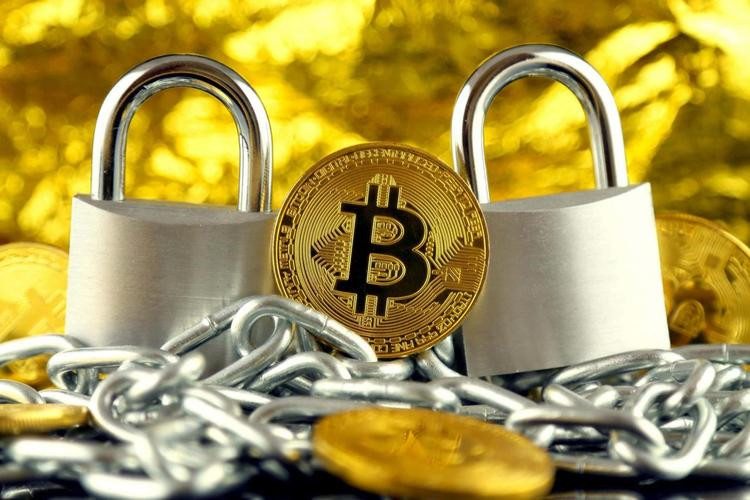Is Forex Trading Safe?
Trading isn’t a badge you earn overnight. It’s a skill you build through reliable platforms, clear risk rules, and the discipline to stick to them. In today’s web3 era, forex sits alongside stocks, crypto, indices, options, and commodities, all powered by smarter tools and decentralized possibilities. So the big question isn’t “can I make money?” but “how can I trade safely while staying adaptable to a fast-changing market?” This piece maps the landscape from a trader’s daily routine—coffee in hand, price alerts pinging on the phone, a quick chart review before the day starts—to the broader, technology-driven safety net that’s evolving in the industry.
Multi-asset safety, real-world fit You don’t have to live in one market to feel confident about risk management. ForeX provides liquidity and volatility that teach you risk pacing, while stock, crypto, and commodities add diversification that helps smooth out drawdowns when one arena goes quiet or spikes. In practice, a afternoon swing on EUR/USD might sit beside a stock index rebalancing or a commodity reset after a supply shock. The key is to treat each asset class with its own risk profile and to tailor position sizes accordingly. A simple rule I follow: limit exposure per trade to a small percentage of capital, and keep correlated moves from piling up in the same direction.
Regulation, reliability, and the technology layer Safety starts with where you trade. Regulation matters—look for properly regulated brokers, strong client funds protection, clear disclosures, and audited platforms. The tech side matters too: two-factor authentication, encrypted connections, and reputable charting tools that give you transparent data. For those who also dabble in decentralized options, bridges and smart contracts offer new liquidity paths, but they come with their own risks—smart-contract bugs, liquidity risk, and sometimes less mature oversight. The takeaway is simple: pair a regulated venue with robust personal safeguards, and always verify what layer of the stack you’re interacting with.
Why go multi-asset, and what to watch Trading across forex, stocks, crypto, indices, options, and commodities expands opportunities, but it also ups the complexity of risk. Forex teaches you about leverage and currency correlations; options introduce defined risk and hedging potential; crypto and DeFi push you toward on-chain transparency and faster settlement. The practical nugget is to use diversified but measured exposure, and to deploy tools that help you visualize risk across markets—correlation dashboards, standby stop losses, and real-time risk metrics. In everyday terms: don’t chase every bright signal; pick a few reliable setups and let your risk controls do the heavy lifting.
Tools, charts, and risk controls you’ll actually use Modern trading benefits come from practical tech: reliable charting with scenario analyses, real-time news, and risk dashboards. I lean on charts for entry/exit discipline, and I keep a hard cap on leverage—prefer lower risk per trade and smaller, frequent wins over big but risky bets. Pair this with a solid plan: fixed risk per trade, trailing stops to protect gains, and clear rules for weekends when markets can gap. DeFi tools add another layer, offering liquidity pools and programmable access through smart contracts, but you should treat them as experiments within your broader risk framework, not as a guaranteed path to riches.
Future trends: smart contracts, AI, and the evolving frontier Decentralized finance promises deeper interoperability and lower counterparty risk, yet it also demands heightened security vigilance. Smart contracts automate many trading functions, from settlement to automated hedges, while AI-driven signals can help you parse sentiment, volatility, and macro data faster than before. The interesting balance is between speed and safety: automation should augment your judgment, not replace it. Expect more integrated tools that combine on-chain data with off-chain risk controls, creating a more resilient trading workflow over time.
Practical takeaways for today’s trader
Is forex trading safe? In practice, safety comes from a thoughtful blend of education, platform reliability, disciplined risk management, and smart use of technology. The field is moving toward more diverse assets, stronger data tools, and smarter automation. The future of forex within this web3 framework looks promising—provided you stay grounded in careful planning and continuous learning. Safety slogan: trade smarter, regulate your risk, and let the technology support your discipline.




